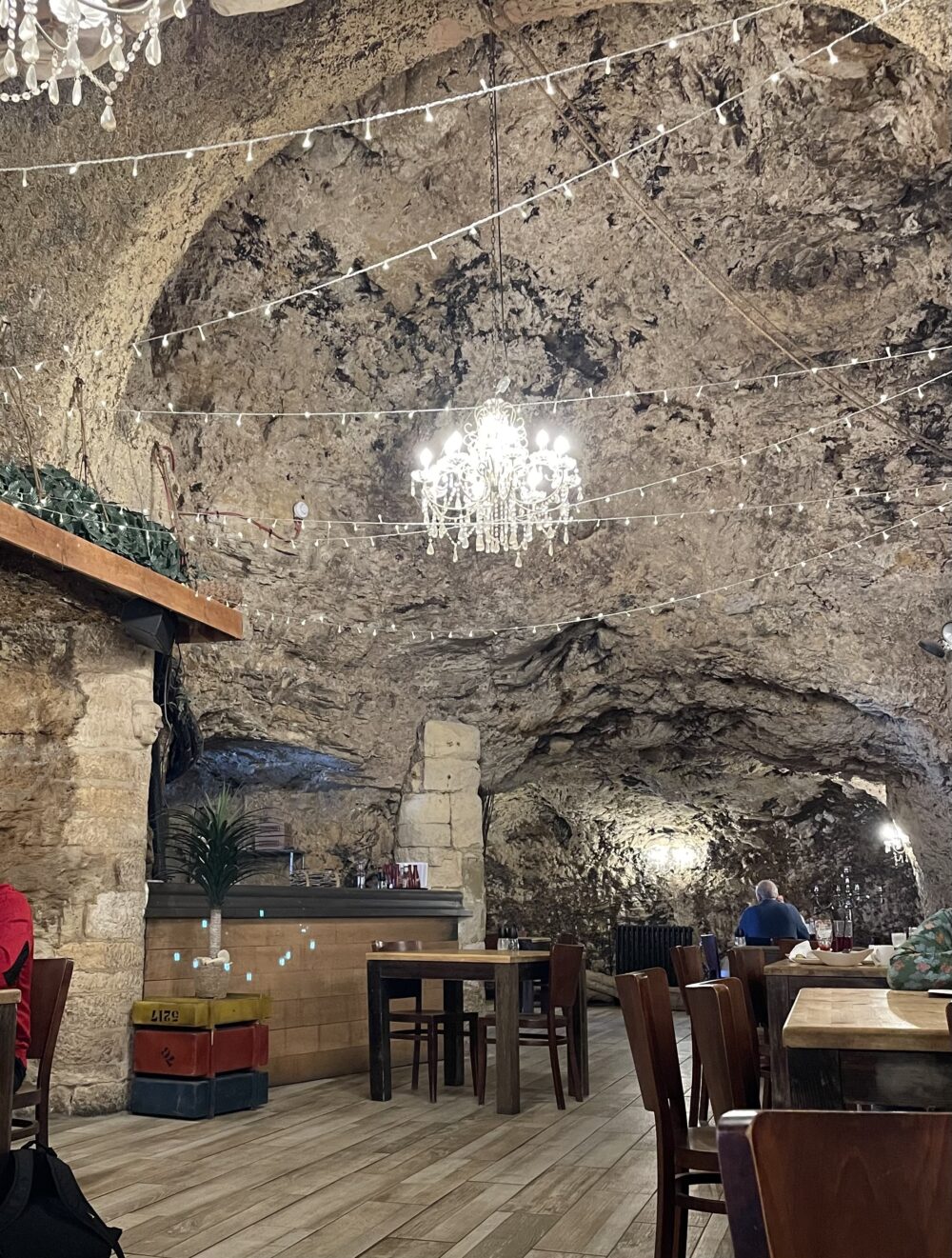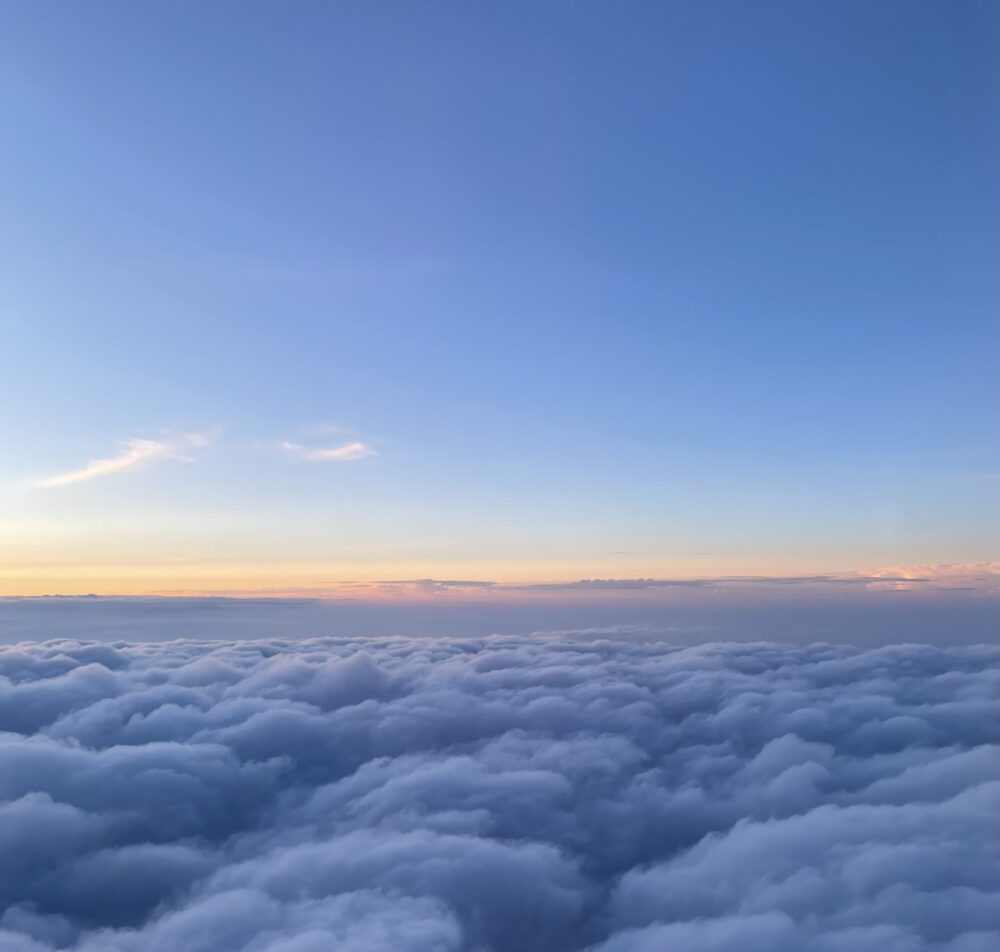218 words posted by Simon on 31 May 2024
I’ve visited Durham Cathedral many times over the years, and it’s where I matriculated as a Durham student in 2003. Yet, only in the last few days have I made my first ascent of the 325 steps to the top of the central tower.
I’ve always found it hard to imagine time in the context of Durham Cathedral. Bits of it are nearly 1,000 years old, which is a span that boggles my mind. The scale and grandeur of the structure also challenges my preconceptions of the technology of a millennium ago.
The tower I climbed is over 500 years old, and while the narrow spiral staircases felt like it, it’s still astonishing to contemplate that age—and in how many people’s footsteps I was treading.
On emerging at the top, the view is breathtaking. Particularly prominent to the East is HMP Durham, which I’ve previously visited in a professional capacity.
I also find the timeline HMP Durham mind-boggling, but in the opposite direction: young men were still being hanged at the prison gallows in my parents’ lifetime—an act of the state that seems unimaginable today.
It’s truly discombobulating to stand at the top of a very tall building and contemplate how little has changed over a millennium, and yet how much has changed in a lifetime.


















